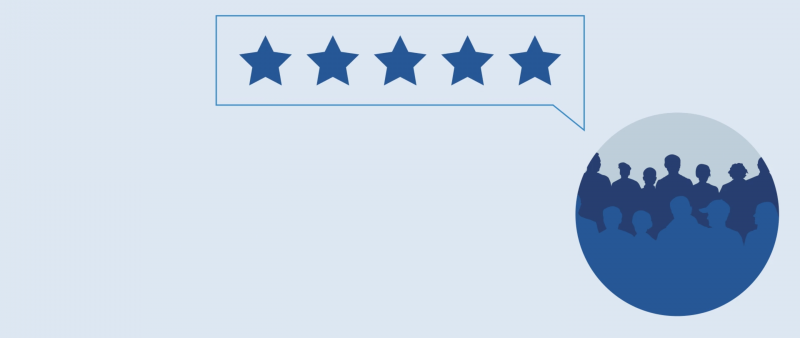Many agencies nationwide have scores of manual, repetitive tasks that need to be done. By amplifying their labor output with robotic process automation (RPA), however, they can save large amounts of energy and time on their everyday duties.
For instance, RPA bots can update government records in minutes when it once took hours. And they’re also able to make additions to an agency’s payroll system in minutes, a process which once took hours instead.
What makes RPA fit best with agencies? RPA automates work in six ways that agencies can use in any combination to operate more intelligently. They are:
- Knowledge and insight – collecting, understanding and delivering insights from disparate data sources
- Learning – adapting to evolving process patterns and recognize meaning
- Visual perception – reading and understanding visual information
- Problem solving – solving business, logic and system challenges autonomously
- Collaboration – working seamlessly with people and systems
- And planning and sequencing – optimizing workloads and finding opportunities for better outcomes involving them
State and local governments must also remember the three groups that RPA can help: agencies, their employees and the public.
Agencies often struggle with unpredictable concerns such as growing workloads. But they can leverage RPA for advantages such as decreasing the number of manual tasks for their human employees. This makes their work faster, more efficient and more cost-effective. Leaning on the help of RPA, agencies can finally sweep aside some of their most common challenges.
Public servants, for their part, can pass much of their manual work to RPA bots. By escaping chores such as resetting user passwords, they can focus on more exciting tasks that require higher-level thinking.
Citizens, finally, are perhaps RPA’s biggest beneficiaries. RPA not only drives down the cost of public services – but it also delivers those services faster and more accurately. Over time, citizens receive a customer experience that’s higher-quality and better for their bank account.
RPA’s greatest benefit, however, might be its role multiplying the power that workforces have. By using RPA intelligently, agencies can create human in the loop processes, which swap responsibilities between digital and human coworkers as needed. It’s an approach that lets agencies automate a wide variety of their procedures. Eventually, these agencies will realize which processes they should automate to make the longest leap toward mission success.
This article is part of GovLoop’s recent course, “Meeting Your New Digital Coworkers,” created in partnership with Blue Prism. Access the full course here.





Leave a Reply
You must be logged in to post a comment.